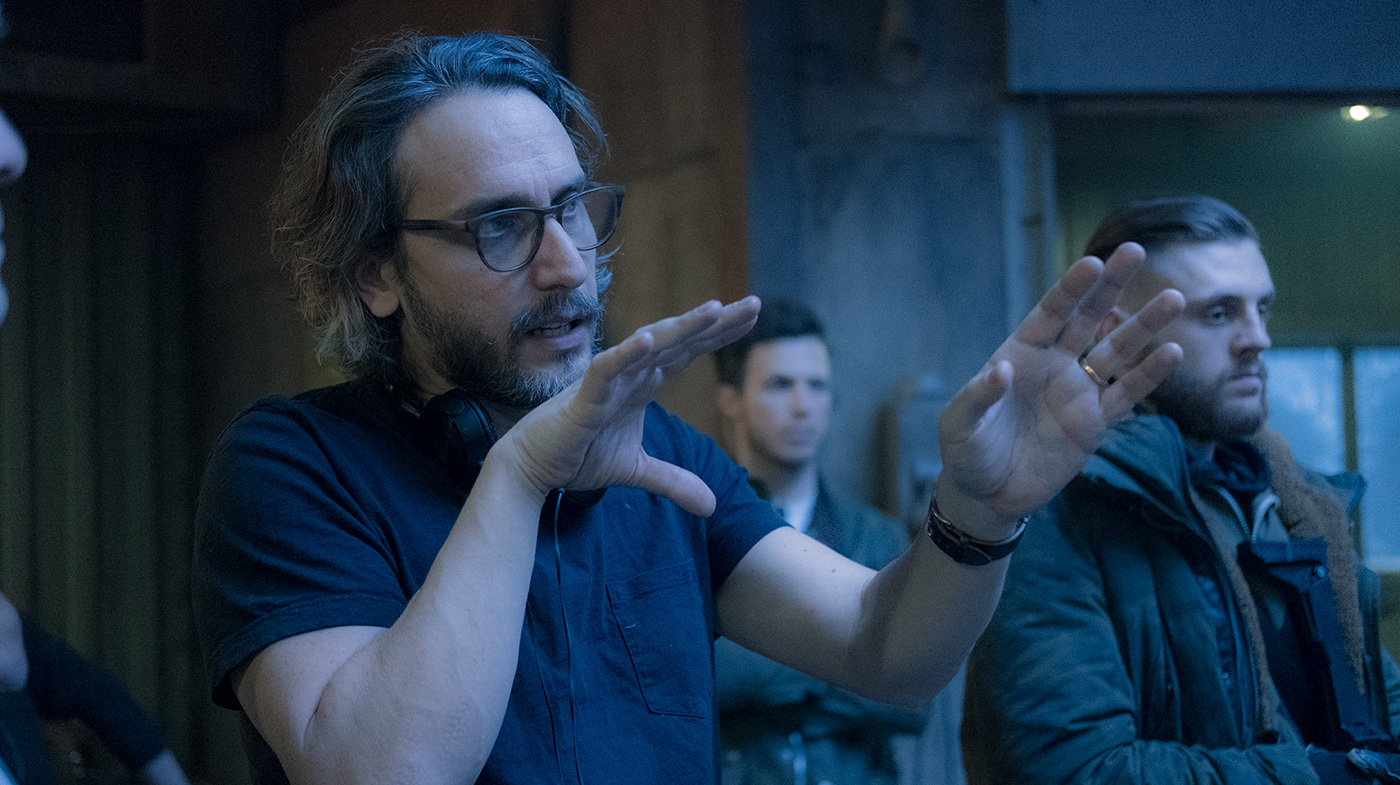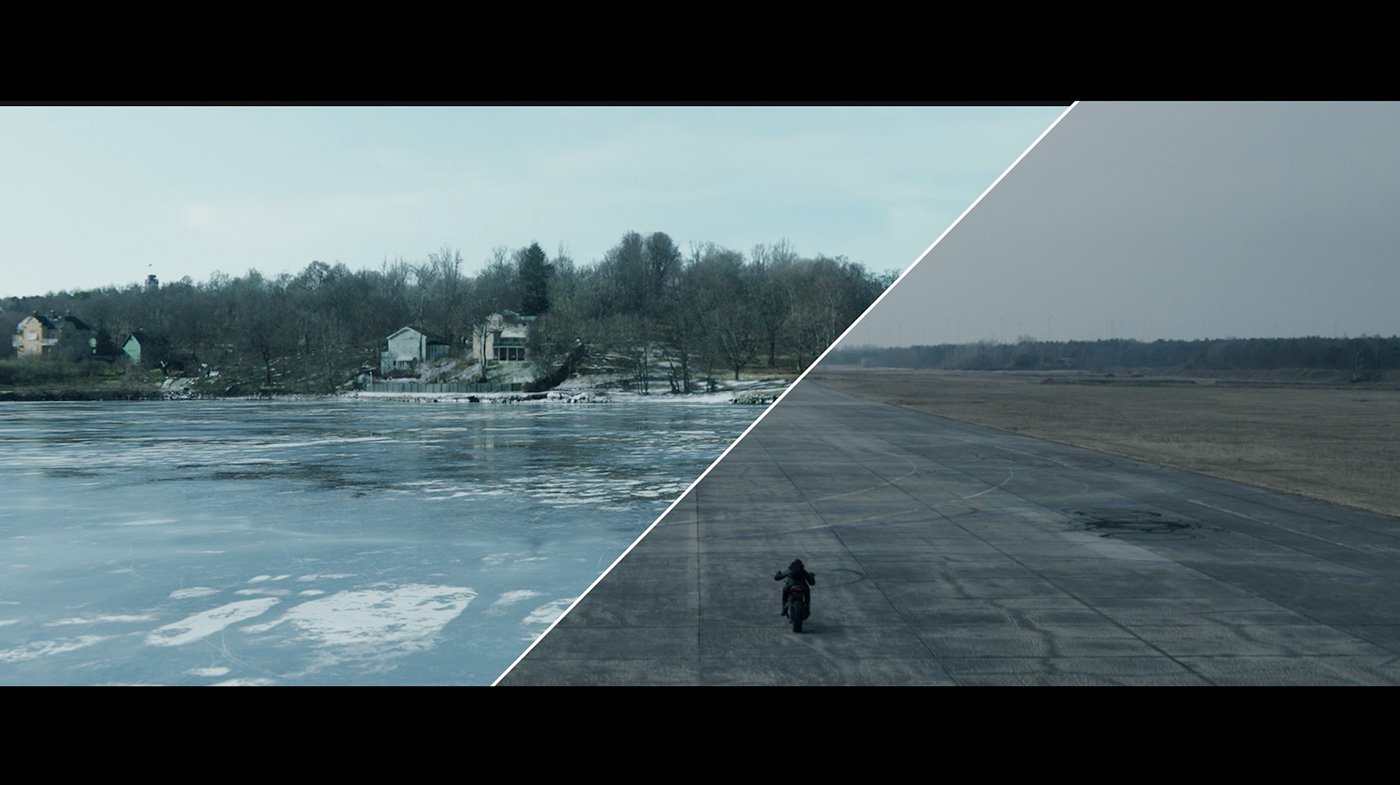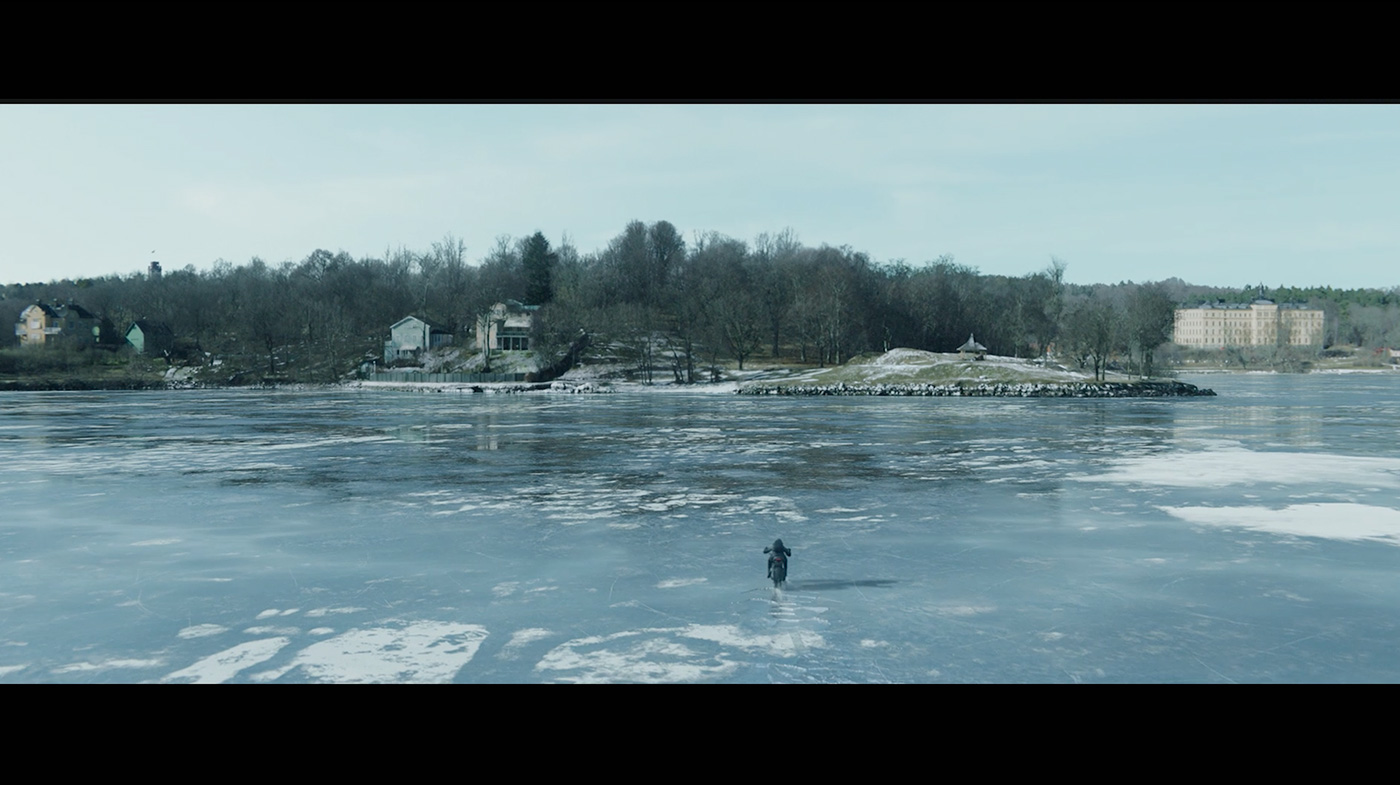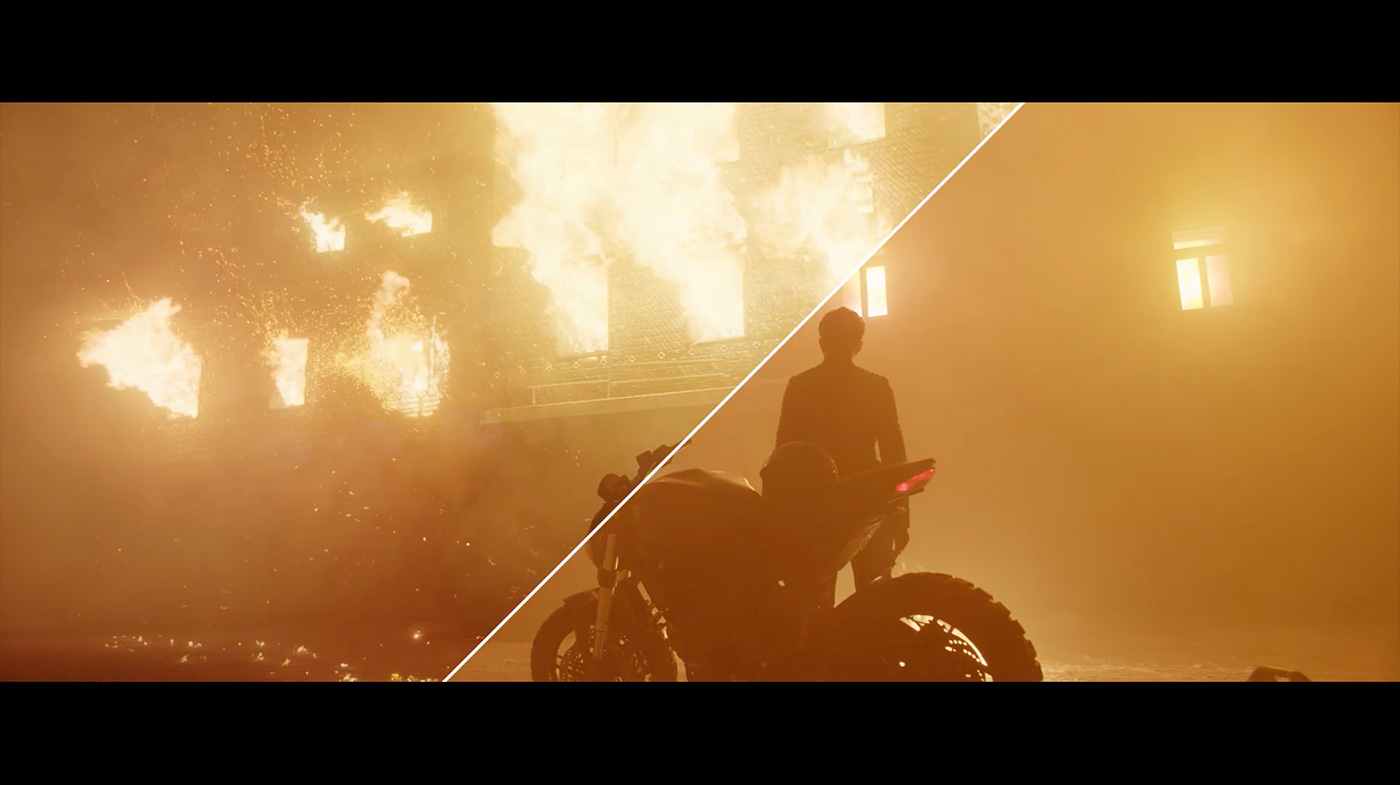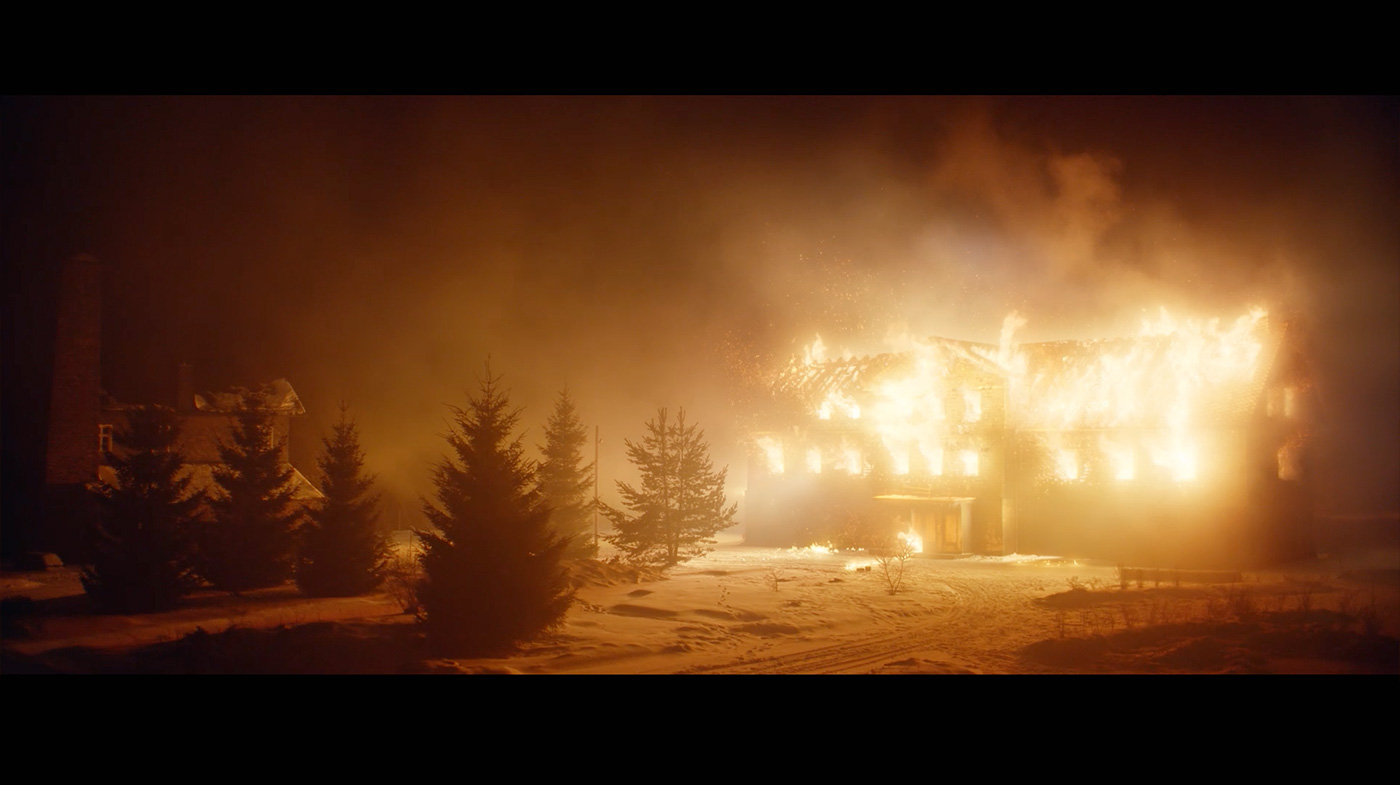Christoph Schmidt joined Pixomondo in 2014 and has worked on many projects such as FURIOUS SEVEN, THE SHANNARA CHRONICLES, THE FATE OF THE FURIOUS and GAME OF THRONES.
What is your background?
After completing a degree in Media Design in 2012, I started working as 3D generalist. I progressed to VFX supervision for a production company involved in german television production and then in 2014 started at Pixomondo as a CG generalist. In this role I was doing set supervision for IRON SKY 2, Stihl brand commercials and THE GIRL IN THE SPIDER’S WEB (GSW).
How did you get involved on this show?
When Sony awarded GSW to Pixomondo in late November 2017, they wanted us, as the main vendor, to provide everything from VFX producing to supervision. This put us in the unique position of being able to work and collaborate directly with Fede Alvarez, the Director. So, I started with the Tech-Recce in December that year and attended the shoot from January to April (60 out of 64 shooting days) as Pixomondo’s Set Supervisor. Tech-Vis also started in December in which I was also involved. We had two of our most experienced Pixomondo team on the project: Thilo Ewers as the VFX Supervisor and Sebastian Meszmann as the VFX Producer. Unfortunately, Thilo passed away unexpectedly in October only days after completing the project. His influence is evident in the high standard of the visual effects in the film.
How was the collaboration with director Fede Alvarez?
Fede knows VFX very well, as he used to have a VFX company. He has very good knowledge of the technical aspects and works in a very creative way to achieve his vision.
What were his expectations and approach toward the visual effects?
Fede prefers invisible effects that help tell the story. He was very rigorous when it came to determining whether a shot really required VFX or whether it could be filmed. He once said that GSW was not the kind of movie for heavy full CG replacements. In general, he always tries to achieve as much as possible in camera with SFX.
How did you organize the work with your VFX Producer on set?
At times there were up to four members of our team on set during the shoot, including myself. We maintained regular contact with our VFX Producer, Sebastian and provided information thorough e-mail and verbal reports. We informed him about what happened on each and every shooting day from a VFX post perspective, so that he could immediately advise the client about possible changes to the visuals and the budget.
How did you split the work amongst the Pixomondo offices?
Pixomondo Stuttgart was the lead facility on the project, working closely with the team in our Frankfurt offices.
Can you tell us more about the previz and postviz work?
Some elements of the previz, like the techviz for the studio shoot of the glass elevators sequence, were done on a laptop after the day’s filming or on set during the time non VFX shots were being filmed. The results were uploaded to a set iPad and were immediately discussed with Fede on set. This allowed for very quick turnovers. More complex previz elements, like the motorbike chase sequence across a frozen river, were done at our Stuttgart office. All reviews were done on the set iPad directly, whenever time on set allowed it.
How did you work with the stunts and SFX teams?
We worked closely with both departments. We started planning out shots together from December’s tech recce and both parties were always consulted. From our side, we tried to reduce paint work to an absolute minimum and for the stunts team, the highest priority was of course safety. We always tried to minimize work in post as much as possible. We did cyberscans of actors and stuntmen for shots that were not possible to shoot for real. Working with SFX was similar. As mentioned, Fede preferred in camera effects when possible, so mainly our task was to enhance what they did on set. We also did a lot of element shoots at the end of principal photography. One big element we shot was the burning down an important mansion, where a 100:60 model of one half of the building was built that SFX could set on fire to give us the elements we needed to add in post. We filmed it with multiple cameras from the exact angles we needed for the shots. Because the shots where already done before this miniature shoot, we could match the elements perfectly to the plates. We also did layouts that SFX used to time their explosions.
How did you enhance the shots to make Berlin looks like Stockholm?
To be honest the Art Department did a great job changing German signs and license plates so that almost no work was required to change these elements during post.
There is a massive explosion in a warehouse. How did you create this FX?
Most of it was practical. We just enhanced it with some fire elements and added breaking glass. Again, living up to the credo of the director, whatever you can shoot on set and in a safe environment, “go for it!”.
In a sequence, Lisbeth Salander escapes the police by riding her motorbike across a frozen lake. Can you explain in detail about your work on this escape?
The sequence basically had two approaches. All shots where Lisbeth is not actually “driving” on the ice were filmed on location in Stockholm with snow dressing by SFX. The river was not frozen, so for the plate shot the stunt rider drove the bike off the retaining wall and landed dramatically in the river. All shots where Lisbeth is riding on the ice were filmed on a huge airfield in Berlin. Lisbeth was rotoscoped and the whole Stockholm environment was added and all the ice and the breaking had to be created in CG.
We used a digital double of a CG motorbike for the reflections. So, Lisbeth jumping onto and riding the bike across the ice is a combination of both methods, the live action sequence combined with the CG and environment VFX.
In one scene, Mikael Blomkvist meets someone with a terrible face injury. How did you create this terrific effect?
We worked closely together with the SFX Make Up department from the beginning. In the movie, the character wears a prosthetic mask over half his face that covers a big hole where his upper jaw and nose used to be. The challenge was, that the actor of course had no hole in his face behind the prosthetic. So, we had shots where the prosthetic and the interior of the characters mouth, including the tongue, is entirely CG. But we also had shots were the actor interacts with the mask, so SFX makeup built a version of the prosthetic that fits over the lower half of the actor’s face. We scanned the actor’s face, his teeth and the prosthetics and are happy with how well the SFX and CG aspects together created this macabre vision.
The final sequence took place in a remote location. How did you create the house and its environment?
The final building and environment are a combination of two buildings in different locations. The Art Department provided us with a concept of the look and feel of the remote location and house and we did drone scans of both buildings in their natural environment to combine them. This was the basis for our model.
A long-range surveillance system was used to locate Lisbeth’s enemies as they moved around inside a building. What kind of references did you receive for it?
References were actually suggested by Thilo, which Fede liked and together they developed this rather unique look for this system.
Can you explain in detail about the creation of this effect?
During the shooting of this particular sequence we used three Kinect sensors to capture three-dimensional point clouds while the it was filmed. The look and density of the point cloud system was created in Houdini and enhanced in Nuke. To convince the director that the idea holds up we did a little acting in our studio ourselves and experimented with the look and setup prior to the shooting of those scenes. We also trained how fast our crew could setup the whole Kinect capturing system as you can imagine that we had not much time to waste during the shooting.
The movie begins and ends with the fall of important characters. How did you create the dig-doubles?
On set we had a cyber scanner with around 100 cameras, that all take a photo at the same time. We used photogrammetry to generate 3D models from these images. Those photos and the resulting scans where the basis for our models.
Can you explain in detail about the creation of those two shots?
Both shots are a combination of a foreground and a background plate and a digital-double take-over with the addition of FX, DMP and lots of comp love to make it work! As a fun fact both actors are really falling down as we used an outdoor set location for both live action plates.
Which sequence or shot was the most complicated to create and why?
For me, it was the “face-less” character because I was involved in it from start to finish. I planed the prosthetic together with SFX makeup and defined together with Thilo how the sequence should be edited to get the best results. I was also responsible for creating and rigging the CG head.
Is there something specific that gives you some really short nights?
There is one sequence that looks like one big shot but is actually composed out of multiple ones. Testing with the footage and trying to combine them to one long shot kept me from sleeping.
What is your favorite shot or sequence?
All the big practical explosions, the practical car crash and the “face-less” character sequence.
What is your best memory on this show?
Seeing a Maserati Quattroporte crashing into the woods with 110 km/h was really exiting! I actually saw it twice. Also seeing the Bushmaster 50mm CAL being fired was very exciting.
How long have you worked on this show?
From start to finish I would say ten months.
What’s the VFX shots count?
Close to 600 shots in total. To give you a better overview, here is the project in numbers:
- 10 months of work
- 70 days set supervision
- 51.223 photos taken on set
- 200 cyberscans of 16 actors
- 60 shots for trailers
- more than 56.878 frames rendered for the final movie
- approx. 40 minutes of VFX in the movie
What was the size of your team?
Close to 100 artists worked on this show across our Stuttgart and Frankfurt facilities.
What is your next project?
We are working on several international TV shows and feature films at the moment, but we are not allowed to reveal information about these projects while they are in production.
What are the four movies that gave you the passion for cinema?
TOY STORY
JURASSIC PARK
THE MATRIX
AVATAR
A big thanks for your time.
WANT TO KNOW MORE?
Pixomondo: Dedicated page about THE GIRL IN THE SPIDER’S WEB on Pixomondo website.
© Vincent Frei – The Art of VFX – 2018


